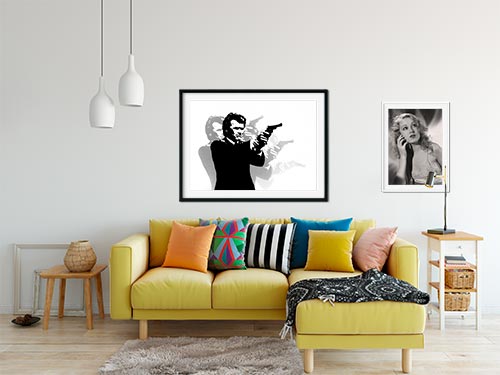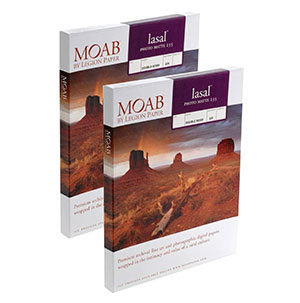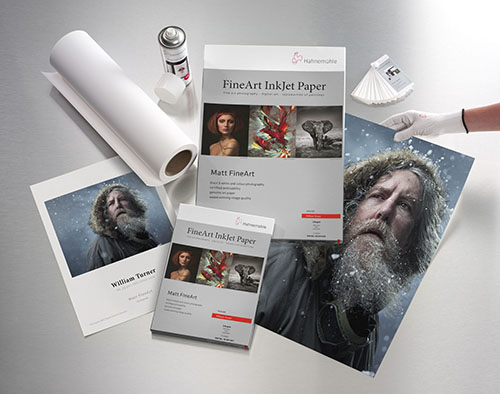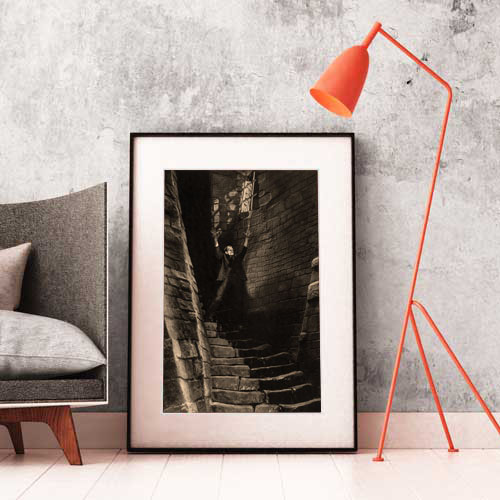Exceptional theatrical publicity shot featuring Peter Cushing (Dr. Robert Knox), pictured here wearing a top hat, black gloves and trench coat while holding his silver walking stick.
The Flesh and the Fiends (US title Mania) is a 1960 British horror film directed by John Gilling. It stars Peter Cushing as 19th-century medical doctor Robert Knox, who purchases human corpses for research from a murderous pair named Burke and Hare (George Rose and Donald Pleasence). The film is based on the true case of Burke and Hare, who murdered at least 16 people in 1828 Edinburgh, Scotland and sold their bodies for anatomical research. Writer/ Producer John Gilling, along with producers Robert S. Baker and Monty Berman of Tempean Films, formed Triad Productions specifically to make the film.
It was the first horror movie to feature newly minted horror star Peter Cushing that was not produced by Hammer Films. Gilling had previously written a film about Burke and Hare entitled The Greed of William Hart in 1948. At that time, however, the British Board of Film Censors demanded that all references to the real-life killers were removed, and so Gilling was forced to rename the killers and several other key characters. The Flesh and the Fiends restores the correct historical names and begins with the text: "this is a story of vice and murder. We make no apologies to the dead. It is all true."
However, the filmmakers were still not permitted to use Burke and Hare's name in the title, and chief censor John Trevelyan called Baker to his office to discuss his concerns about several "potentially offensive sequences," though the film was ultimately passed uncut with an "X" rating. To minimize any similarities to Gilling's previous film (and to the then un-produced script on the same subject by Dylan Thomas, which would eventually be produced in 1985 as The Doctor and the Devils), the film's producers brought in Leon Griffiths to rewrite Gilling's original screenplay.
In his autobiography, Peter Cushing; who had been catapulted to fame by his portrayal of Victor Frankenstein in 1957's The Curse of Frankenstein, compared the role of Dr. Knox to his most famous character: "Now it seemed to me that Knox and 'Frankenstein' had a lot in common. The minds of these exceptional men were driven by a single desire: to inquire into the unknown. Ahead of their time, like most great scientists, their work and motives were misunderstood."
The drooping left eye which Mr. Cushing uses in his performance (emphasized in many of the film's posters, though not in the American one) is accurate to the real Dr. Knox, who had his left eye destroyed and his face disfigured by smallpox he contracted as an infant. In recent years, it has enjoyed something of a stronger critical reappraisal as a cult film. Reviewing the 2001 DVD release by Image Entertainment, critic Glenn Erickson praised the acting as "first rate," and added, "The production values of The Flesh and the Fiends outshine the House of Hammer.... The film is lacking in outright grue and gore but the tone is perfect."
Product Enquiry
Kodak Professional Endura Paper
Kodak Endura papers provide an incredible amount of detail and smooth transition of tones. Designed for the professional photographer in mind, looking for a more traditional photo print style, Kodak Endura provides an extended print life and color gamut almost at the level of a high end fine art paper print.
Archival Matte Paper
Archival Matte Paper, also known as Moab Lasal Photo Matte, is our house stock fine art paper and is an economical favorite for fine art reproductions and photo prints. It features a smooth surface, heavy weight (230 g, 9.5-mil), neutral white, matte paper engineered for accurate color reproduction that provides high contrast and high-resolution output. This paper is acid-free, making it the perfect choice for both photography & fine art reproductions.
Giclee William Turner Paper by Hahnemühle
The William Turner by Hahnemühle is one of the most popular papers used in the Giclee printing industry. This is a 310g natural white mould made natural line paper with 100% rag content making it highly archival. It has a slight coarse texture which gives photos and artwork an elegant look. These fine art paper prints (also known as Giclee) are ordered by galleries, individual artists and photographers. The papers and inks are not only archival but use some of the most accurate print technology for full color prints.
- Giclee prints use very expensive archival pigmented inks.
- Highest level of color gamut available in printing (12 color printing).
- Exceptional black & white printing.
- Fade resistant, pigmented inks which provide a superior color range compared to other types of inks. Widely preferred in fine art and photography circles.
- We ONLY use professional grade fine art and photo paper that resist yellowing and aging.



Framing
We offer wood and metal frames, custom cut & joined to order. Each framed print includes hanging hardware and foamcore backer.
Matting
We use conservation grade 100% virgin alpha-cellulose 2 ply mats with white core. Acid-free and lignin-free, these are both face resistant and meet all conservation quality standards set by the Fine Art Trade Guild. Mats are digitally cut for ultimate precision. The window will be 1/8″ smaller than the print dimensions.
Glazing (Acrylic Glass)
We offer custom cut panes of shatter-proof, acrylic glass, to protect your valuable artwork and prints.
Premium Clear
Framing grade clear acrylic is shatter resistant and lightweight.
Reflection Control
With its matte finish, Tru Vue Reflection Control® Acrylic scatters light to diminish unwanted glare.
Conservation Clear
Tru Vue Conservation Clear® Acrylic is a framing industry staple, blocking up to 99% of UV rays for ultimate protection.
Conservation Reflection Control
Tru Vue Conservation Reflection Control® Acrylic scatters and diffuses light to reduce unwanted glare. Blocks up to 99% of UV rays.







